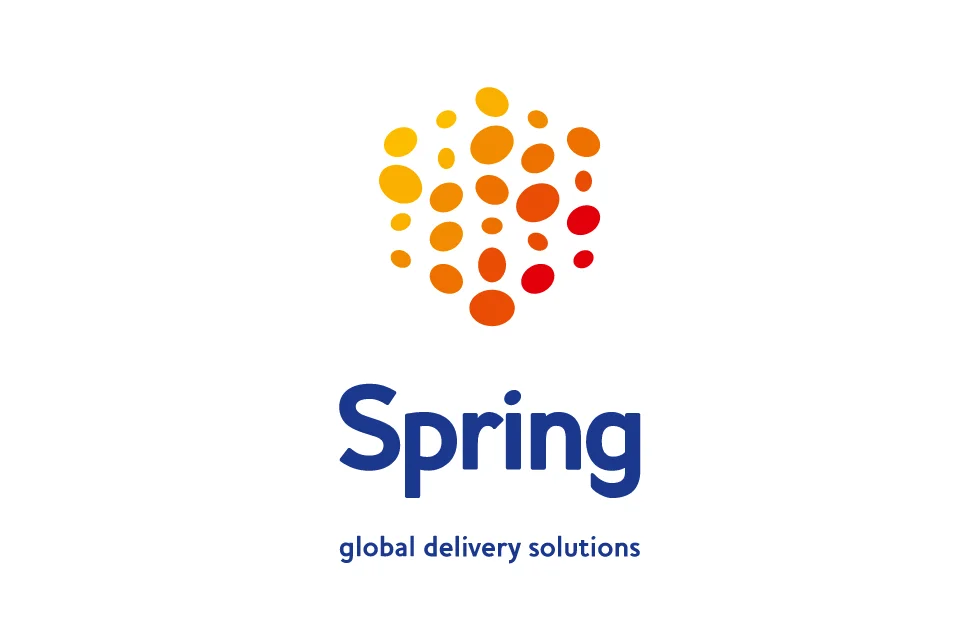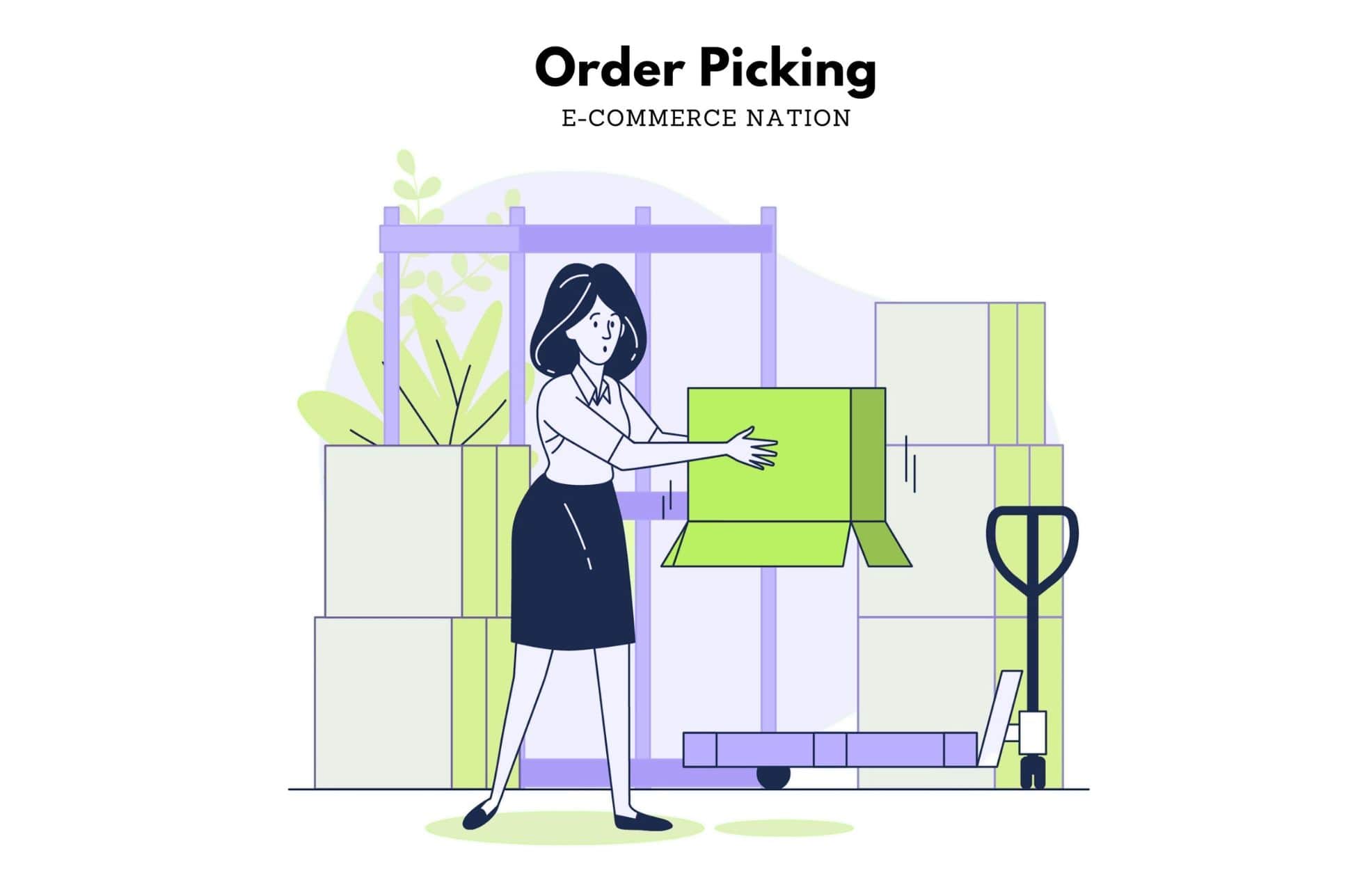Doing B2B e-commerce in Japan has a particular flair to it. Digital B2B requires a particular style of marketing, and automated manipulative tactics are having a huge impact on businesses in the region, as well as strengthening the market’s sales force. It enables companies to deliver the best message for direct distribution.
B2B is directly connected to each culture’s style and, as you could imagine, is inherently linked to the working style and practices of the country. The two are literally correlated, that’s how digitization has progressed in these countries, and what’s acceptable in these domains has been defined.
Understanding Japanese digital penetration will help you adapt your own strategy.
3 useful concepts to understand:
- Electronic Signature is not considered secure
- The disruptive dawn of content marketing
- Conglomerate “Top of Funnel”
Electronic Signature is not considered secure
As you already know, the funnel concept is one of the most popular schemas in the B2B market, leading sales, conversion, and engagement. The trail of steps goes through the conclusion of a contract on a remotely electronic basis.
However, the idea of the electronic signature has not caught on for the cautious Japanese, who prefer the legitimacy of physical signatures and documents. Though it’s beginning to become more popular, the Japanese find more security in physical stamps on paper, duplicate copies, and face to face meetings.
The Disruptive dawn of Content Marketing
Attractive content empowers the B2B pipeline for reaching your promising leads. Entry level marketing attraction is currently evolving in Japan, business oriented agencies have been competing to become the sought after standard.
Rather than basic content, contextualized messages are specific points to deliver for the target. Google search is aiding in their high presence, as a captivating hub for someone looking to discover. Content is taking shape within the traditional Japanese style, and not including the traditional English process.
We have a different perception, and different tendencies as online browsers. So localizing your B2B strategy does not only mean translating your communication into Japanese, but also optimizing for search engine optimization. Think of hiring a local team to make sure your content is not only coherent for Japanese readers as if it had been written by a native speaker, but also for search engines.
Conglomerate “Top of Funnel”
One of the important roles in of your content strategy, Funnel media still holds true. In Japan, old-fashioned styles, calling sales, mail, and door-to-door sales, is still popular among several industries. So to reach an contract agreement, empowering sales teams means pipelining in Japanese styles to connect with your clients and business leads.
Direct sales, LinkedIn, or business social media usage is not sufficient to close the sale, compared to the United States or other Western digital marketing regions. To add insult to injury, many Japanese users choose not to accept marketing in English or in other language (even if they can understand it).
When it comes to making a sales strategy, in particular for your funnel, you better examine where your target is to become more accustomed with these issues, to do business with Japanese partners, it’s best to consult someone with expertise in this local style.
To conclude, B2B sales gaps between countries, is sometimes felt intensely, though it might be a good opportunity to understand and develop your skill sets to other cultures. Approach with patience, which is a necessary factor to success in this market.
While not everything is done online for the moment, the market is gradually shifting towards this digital transformation, and the return on investment for B2B e-commerce is getting better and better for Japan.
How is B2B done in your country? Tell us below or Tweet us!





